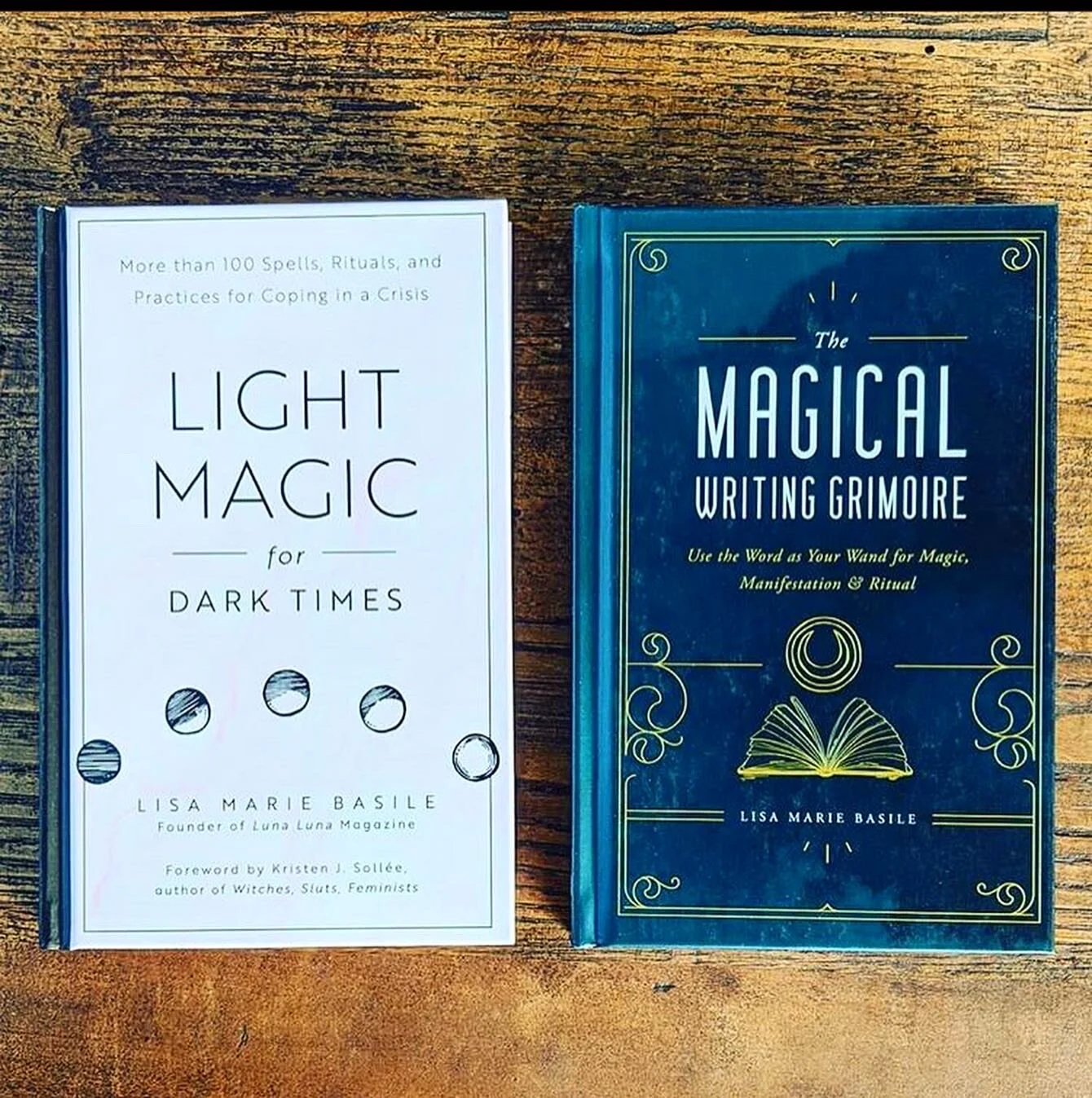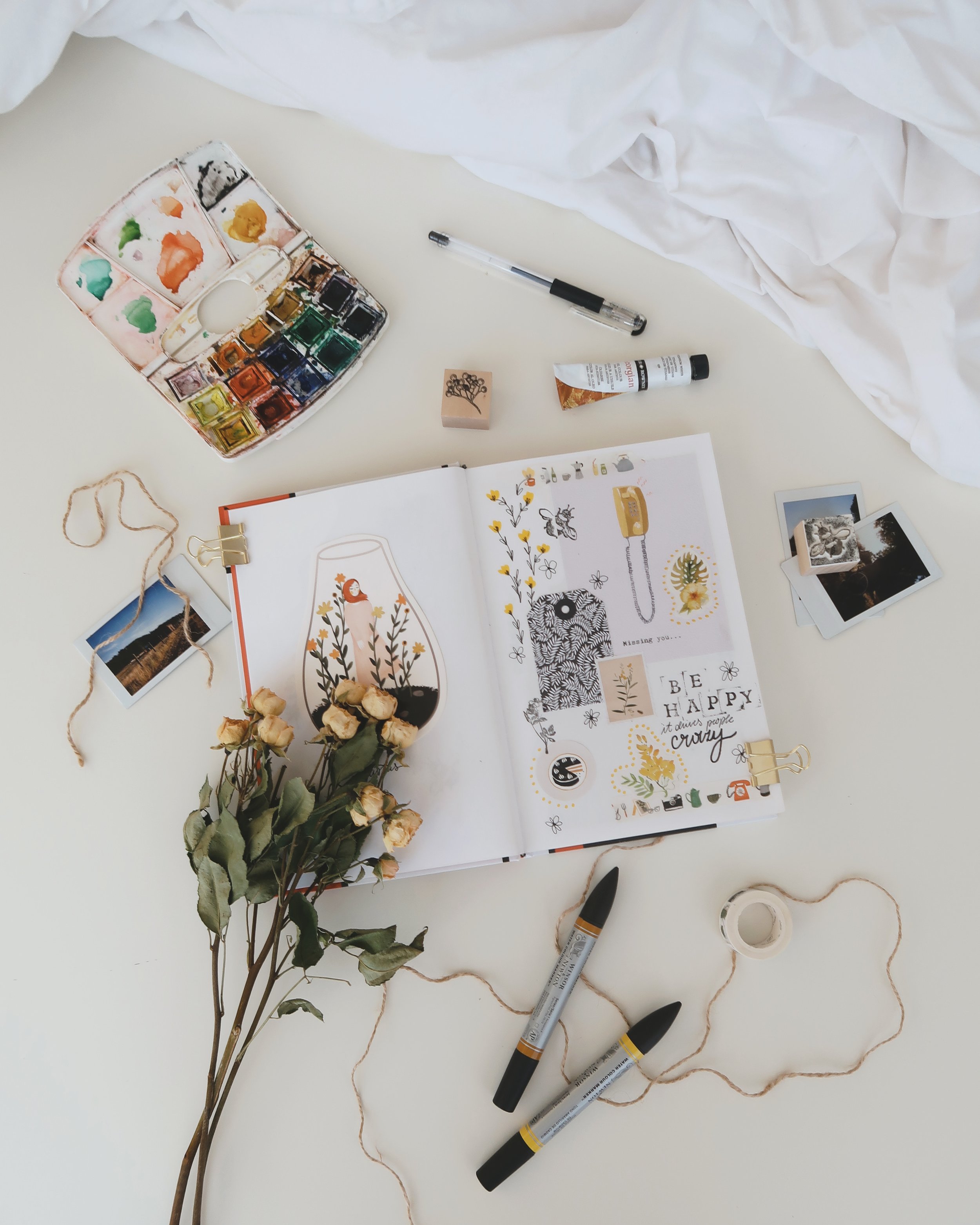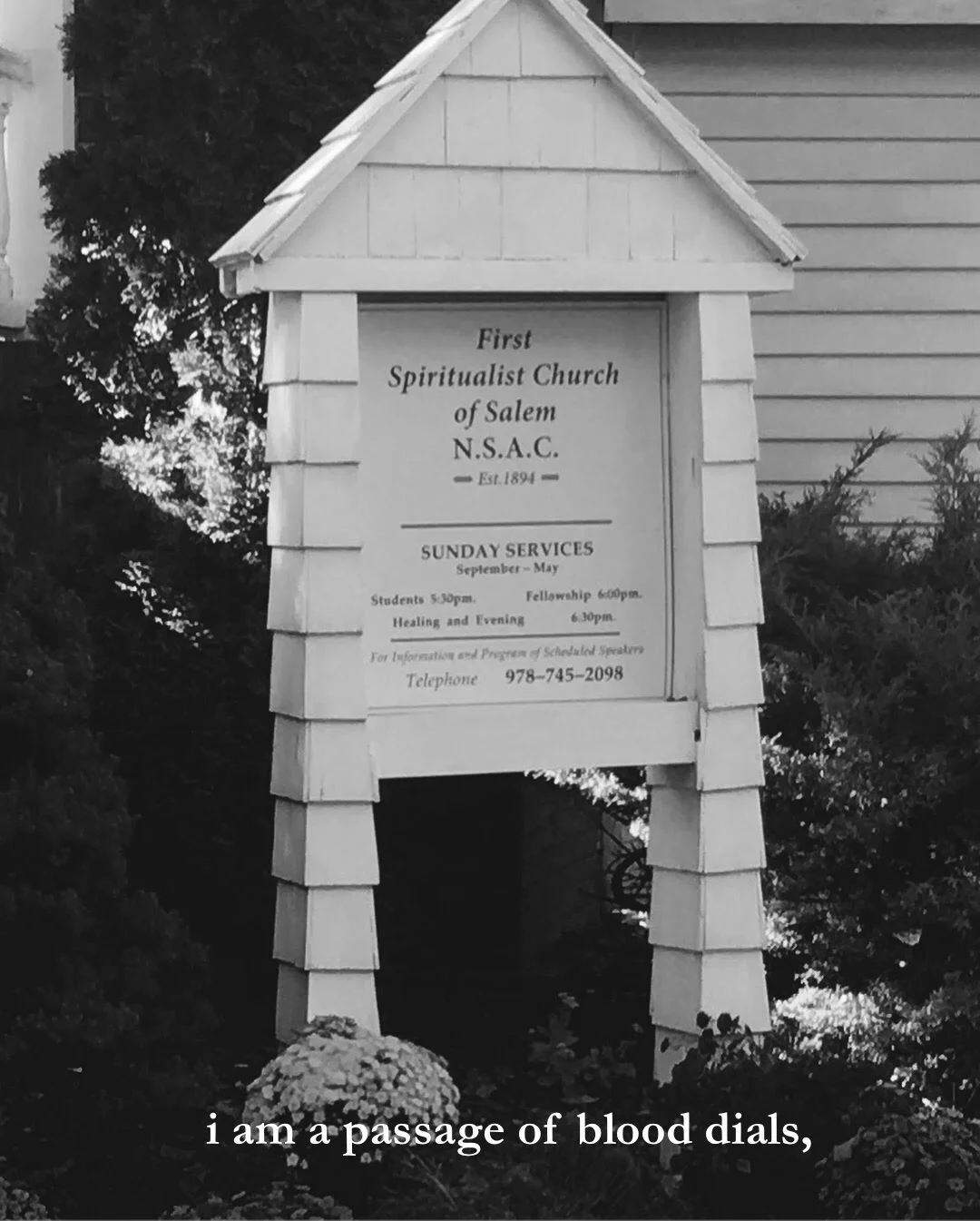BY NADIA GERASSIMENKO
When a healthy person wakes up from a good night’s sleep, they feel refreshed and ready to take on the world. When I wake up from eight hours of mostly interrupted sleep, my bladder’s burning, my abdomen hurts, my joints are achy…my whole body could use another eight hours of sleep, maybe even a whole week, maybe even a lifetime if it were up to me. I don’t get up from bed, I crawl out; at least that’s how it feels—arduous, strenuous.
When a healthy person has a cold or the flu, they look like they’re in hell and feel like that too, but temporarily. I don’t get full-blown colds or flus, not often anyways. My body’s already on guard fighting Chronic Lyme Disease 24/7. A foreign invader like a virus wouldn’t survive a day inside me. Ironically, I already feel like I have a never-ending flu, just different. The symptoms change, the bugs hide and migrate to keep my immune system confused and combating my own body instead of the foreign entity.
I look like any other person who doesn’t struggle with a chronic illness on a daily basis. I look good and healthy. I smile, I laugh, I make jokes. I’m usually calm and soft-spoken (mostly because I’m too tired and sick to be loud and defiant when need be). My illness is without a face, invisible. If you could only see my insides. I don’t even want to see my insides. The knowledge alone that I’ve been living with bacteria eating me from the inside for years disgusts me to no end.
I have responsibilities like anybody else. I cook. I clean the house. I take care of my loved ones as best I could. I work as much as I can handle it. I have goals I want to accomplish. I have dreams I want to realize. I want to travel, see Paris before I die. I want to go to events where my soul will grow, my heart will elate, my mind will expand. I want to soak up the sun in Maui. I want to get drunk and not feel the consequences of it the next day. I wanted to have children. I think I still do. Most of all, I want to know what it’s like to be in the shoes of a healthy, lively person.
Every task—no matter how complex or simple—is a strain and a struggle. I want to do so much, but there’s only so much I can do. I have to forgo some activities in order to do the others. All the while trying to not push myself to the limit, beyond my maximal capacity. I know I will pay dearly with my body for the weeks to come otherwise. I have to use my spoons wisely.
I’ve come to terms with my disease for the most part. I’ve accepted that I may be sick for as long as I live, that I may also die from it. But sometimes it’s infuriating. I’m tired of being sick. I’m tired of being tired. My tears well up in my eyes until they can no longer be encapsulated and pour out. And I howl in pain, exhaustion, frustration, hopelessness. My husband asks me what he can do to make it all better for me now. I tell him that a gun would be nice. It’s my sick-joke I keep repeating at my lowest lows. It’s not funny, it’s tragic that it gets to this point. I know I’m not alone in this.
Sometimes I want to pull the plug on my medication. And just live for as long as I breathe and my heart beats and my brain functions. Because I’m hardly getting better still. Because it gets harder for me to do anything as time progresses. Because if this is what’s in store for me for the rest of my life, I’ve had enough of it all. But then I look at my beloved husband and think of my dear family and friends, and my will to fight and my hope to beat this return. And I’ll be damned if I don’t get the taste of true life.
I want to shed some light on invisible illnesses (and anything that goes unnoticed). They’re unseen to the naked eye, but they’re real, they’re excruciating, they’re debilitating, they’re traumatic, they’re isolating. Humans are very visual and some may need overt cues in order to perceive what’s happening around them; otherwise, they won’t believe it if they don’t see it, hear it. But perceiving human suffering isn’t just about seeing what there is, it’s also about perceiving the nuances and that which is missing in the big picture.
A young man who walks very slowly without a cane because of his arthritic pain. A woman who breaks down all of a sudden in the street because of a traumatic event that happened to her a few years back at the same place. A child who has no energy or desire to play for years. A friend who cannot make it to a friendly gathering for the fourth time in a row because they can barely get up, walk, stand. An aged relative who forgot who you are and is lost and is frightened. A person who can’t keep calm at a doctor’s appointment anymore. Because they’ve been strong for so long. Because the pain is no longer bearable. Because they’re exhausted of their disease being belittled by the health community. And they cry and they plead for something to be done at last.
It’s not just about perceiving, it’s also about feeling. Feeling for the humans who suffer—whether they have an illness or they lost a loved one or their significant other left them or their entire house burned down or their cat ran away or they were assaulted—and connecting with them. Not just nodding and smiling and caring for the time being. Truly connecting with them. With empathy, understanding, acceptance, love. Compassion. Compassion that is all-encompassing, that is unconditional. Feeling for every suffering there is, not just choosing where compassion deserves attention. Feeling for the being to the point that you can actually sense the suffering the person is going through. Feeling that you’re so interconnected that you feel you’re that being in question.
Your heart breaks for them. Your soul aches for them. Your mind is mindful of their plight. The pain that is not yours can be too much to take all at once. Yet it is such an awakening and growing experience.
Editor's Note: This article was originally published on our old site.
Nadia Gerassimenko is a Media Relations Manager for Yeti Culture, Freelancer in editorial services, and Assistant Editor at Luna Luna Magazine by day, a moonchild and poet by night. Nadia self-published her first poetry collection Moonchild Dreams (2015) and hopes to republish it traditionally. She's currently working on her second chapbook a chair, a monologue. Visit her at tepidautumn.net or tweet her at @tepidautumn.































